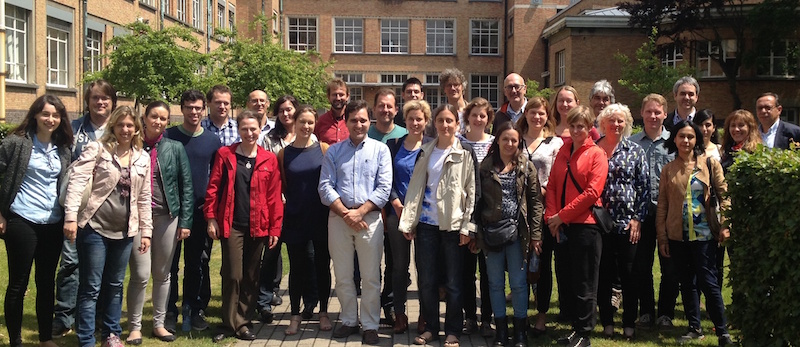
New sensors developed to detect toxins in seafood
September 18, 2015
By Linda Hiemstra

The European research project, ECsafeSEAFOOD, is currently developing innovative sensors to detect harmful toxins and pharmaceutical agents that can accumulate in seafood. The project’s development of fast screening methods is almost concluded and sensors for detecting contaminants, such as chloramphenicol (an antibiotic useful for the treatment of a number of bacterial infections), azaspiracids (a group of marine algal toxins), tetrodotoxin (a potent neurotoxin) and sulphonamides (used in antibiotics and diuretics), are being developed.
ECsafeSEAFOOD, comprised of 17 partner organizations from nine countries, is assessing food safety issues related to contaminants present in seafood as a result of environmental contamination. This includes evaluation of the transfer of contaminants from the environment into seafood. Partners are quantifying contaminants in commercial species and assessing the effect of cooking procedures on the contaminants. Assessments have also begun on the potential for contaminant substances to interact with (and be absorbed by) an organism as well as the degree to which the contaminants become available after ingestion.
An information database collates related literature and project results and provides a unique tool for improving contaminant diagnostics and seafood risk assessment for food safety authorities and food diagnostic firms, as well as the seafood and aquaculture industries. It can also be used by policy makers to help inform policy and advisory guidelines and by funding authorities to highlight the deficits in seafood contaminant research.
To request access to the database contact griet.vandermeersch@ilvo.vlaanderen.be introducing yourself and explaining the reasons why you want access.





